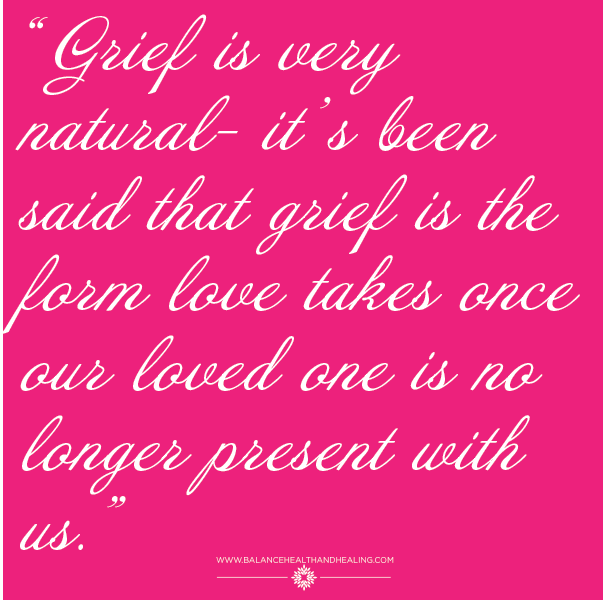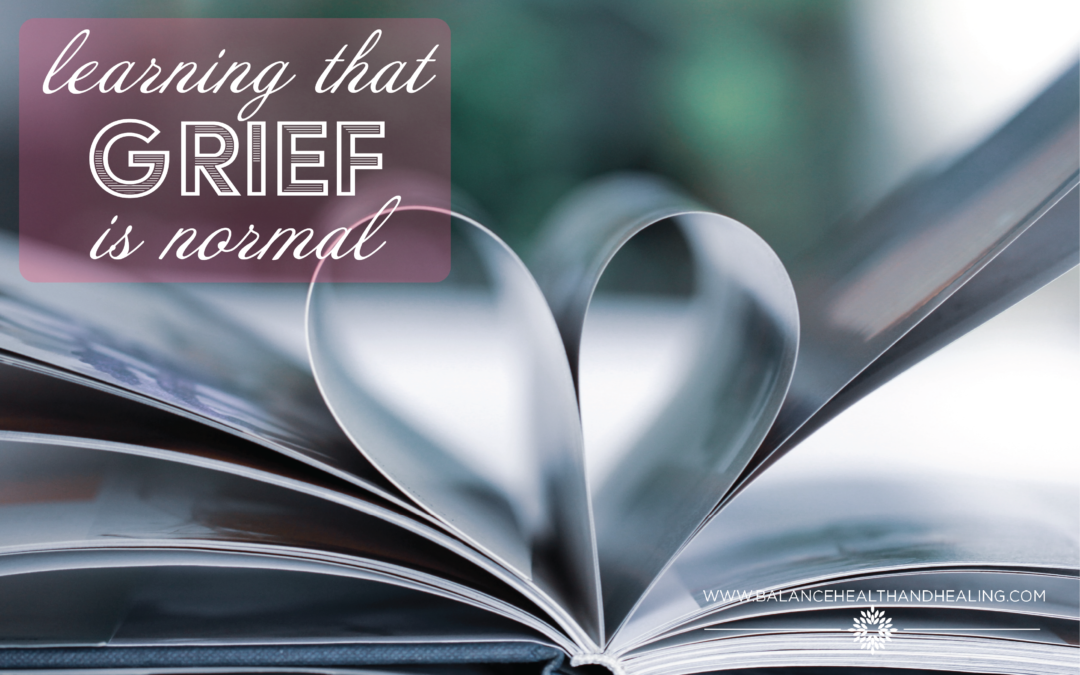 Grief is very natural- it’s been said that grief is the form love takes once our loved one is no longer present with us. Grief is the psychological pain response to losing a close family member or friend. When we look at it through the lens of attachment theory, we gain greater understanding into what the normative process of grief looks like.
Grief is very natural- it’s been said that grief is the form love takes once our loved one is no longer present with us. Grief is the psychological pain response to losing a close family member or friend. When we look at it through the lens of attachment theory, we gain greater understanding into what the normative process of grief looks like.
We tend to have a handful of people in life who we have a psychological attachment to- these are people we have close relationships with, people who are invested in us and help us regulate our emotions and physical well being. We turn to them when we need help, comfort, or distraction. We experience a longing for them when we are separated. With attachment comes a disposition towards caregiving. Those we are attached to are who we are naturally driven to care for and most willing to accept care from. Research into attachment theory shows a very biological drive towards these bonds- they are essential to our survival and we are programmed to stay close to our attachment figures!
When we experience loss of one of our key attachment figures, we ache for them. But beyond that deep emotional pain, we may experience sensations of being displaced or unmotivated, maybe even a loss of our sense of competence and ability to function. Looked at through a lens of attachment, these reactions seem expected. Our predictable system is disrupted, and we are reacting to that difficult disruption. 
As our grief progresses, there are typically some changes in our emotions and behaviors over time. When you think of visiting a friend who was widowed a few days ago, imagine what you might expect to find- a bit of chaos in the home environment, weepiness, perhaps a lack of motivation to accomplish much.
Now, imagine visiting that friend five years down the road- do your expectations differ? You might expect to find the friend still sad over losing a spouse, and certainly still missing that person- but in many ways, living life with more predictability and emotional steadiness. Over time, we never stop missing or loving our lost loved one, but the way we experience grief and even the nature and intensity of our emotions will typically change over time.
This very normative process results in what we call “integrated grief”. Integrated grief differs from the first year following loss, when we are in a period of “acute grief”. While integrated grief can still have peaks and valleys, it doesn’t interfere with our day to day living the way acute grief does.
How do we transition from acute to integrated grief? The task before us is to solve the problem of accepting something that is the exact opposite of what we wanted.
As we come to accept the reality of our loss, we oscillate back and forth between paying attention to the painful emotions and reminders of loss and setting them aside momentarily to pay attention to the basic tasks of life. This “Two Pillar Theory” in grief research explains how we bounce back and forth between these two realities at first- it’s impossible to do it all at once in acute grief. Gradually, we become more adept at merging those two pillars, and the reality that our day to day living and future are without our loved one sets in. We find a way to accept something that is the exact opposite of what we wanted. And in that acceptance, life continues forward.
Of course, there are times when this normative grief process is interrupted by some “derailer”- complicating life factors may act to sidetrack the normative path grief takes. In the absence of these derailing factors, we can expect our grief to progress to a place of integration.
 Why does this research matter? For starters, we can place so much undue pressure on ourselves and others to speed the process up. In paying attention to our outward appearances rather than our grief work, we can sacrifice the long term integration for short term “having it all together” points. We might begin to avoid grief reminders, important things we need to spend time integrating during our acute grief in order to get those societal gold stars. This pressure can actually act to prolong and complicate our grieving. When we have realistic expectations for ourselves and others in grief, we allow the processes to occur naturally and real integration can happen.
Why does this research matter? For starters, we can place so much undue pressure on ourselves and others to speed the process up. In paying attention to our outward appearances rather than our grief work, we can sacrifice the long term integration for short term “having it all together” points. We might begin to avoid grief reminders, important things we need to spend time integrating during our acute grief in order to get those societal gold stars. This pressure can actually act to prolong and complicate our grieving. When we have realistic expectations for ourselves and others in grief, we allow the processes to occur naturally and real integration can happen.
As with so much of life- what we try so hard to avoid can end up being what eventually sinks our ship. In the short term, it may feel reasonable to run from pain. In the long run, avoidance leads to a continued inability to cope with distress (the darn distress isn’t going to catch a hint and cooperate with our scheme to ignore it!)
I hope this knowledge empowers you to step towards your grief, to sit with it a bit today and get to know it. Remarkably, I’ve learned that it’s not present to torture you, but to guide you and teach you.

